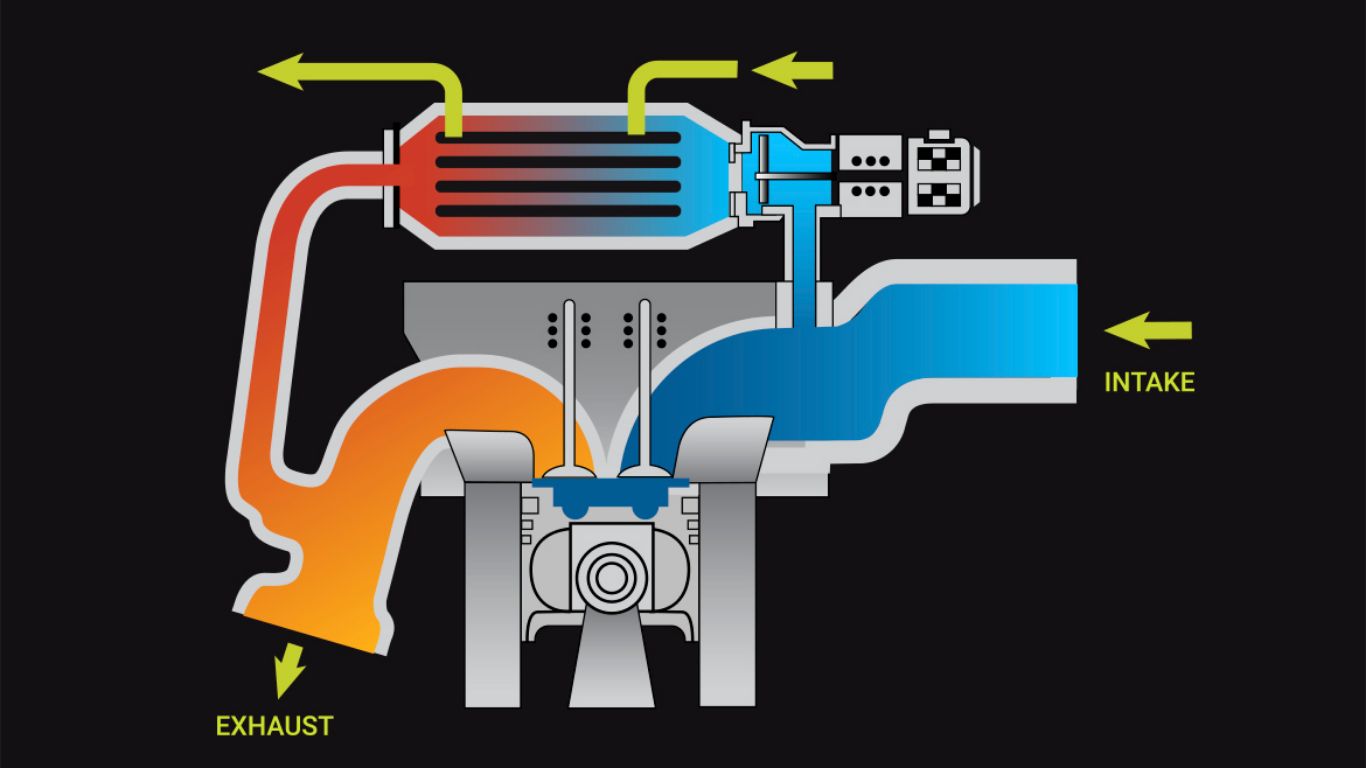Exhaust Gas Recirculation (EGR) is a crucial component in modern vehicle engines, contributing significantly to environmental sustainability and improved engine performance. This article will explore the concept of EGR, its functioning, benefits, and the different types of EGR systems employed in today’s vehicles.
Exhaust Gas Recirculation is a technique used in internal combustion engines to reduce emissions of nitrogen oxides (NOx) and improve fuel efficiency. It involves redirecting a portion of exhaust gases back into the engine’s combustion chambers.

Reduced NOx Emissions
One of the primary advantages of EGR is its ability to reduce NOx emissions. NOx compounds are harmful pollutants that contribute to smog and air quality degradation.
Improved Fuel Efficiency
EGR can lead to improved fuel efficiency by reducing the need for excess fuel to cool combustion temperatures.
Lower Combustion Temperatures
EGR helps lower the combustion temperature, reducing the likelihood of engine knocking and prolonging engine life.
How Does EGR Work?
Exhaust Gas Recirculation works through two key components: the EGR valve and the EGR cooler.
The EGR Valve and Its Function
The EGR valve regulates the flow of exhaust gases back into the engine. It opens and closes as needed to control the recirculation rate.
EGR Cooler and Its Importance
The EGR cooler is responsible for cooling the recirculated exhaust gases before they enter the combustion chambers, preventing overheating and maintaining engine efficiency.
Types of EGR Systems
There are two main types of EGR systems used in vehicles.
High-Pressure EGR
High-pressure EGR systems operate with a more direct approach, recirculating exhaust gases at high pressure to maximize their impact on emissions.
Low-Pressure EGR
Low-pressure EGR systems work with a more gentle recirculation approach, ensuring a balanced mix of exhaust gases for optimal combustion.
EGR in Modern Engines
Modern engines rely on EGR systems to meet stringent emission standards. However, these systems come with challenges and solutions.
Challenges and Solutions
Issues like carbon buildup and cooler fouling can affect EGR performance. Solutions involve improved maintenance and technology updates.
Conclusion
Exhaust Gas Recirculation is a vital technology in the automotive industry. Its ability to reduce emissions and improve fuel efficiency is paramount in today’s eco-conscious world.
